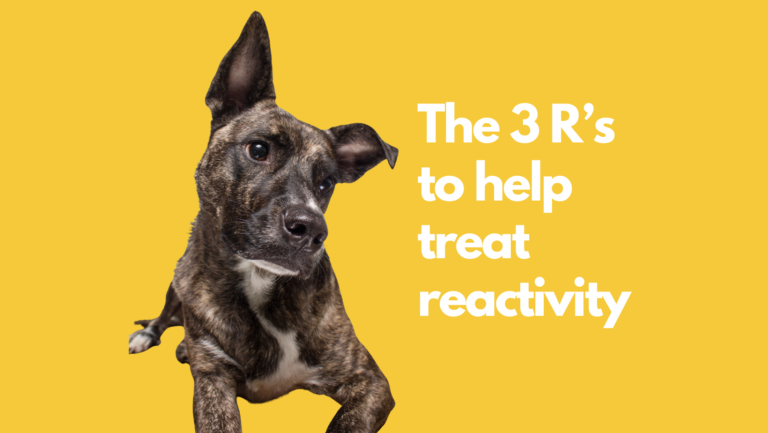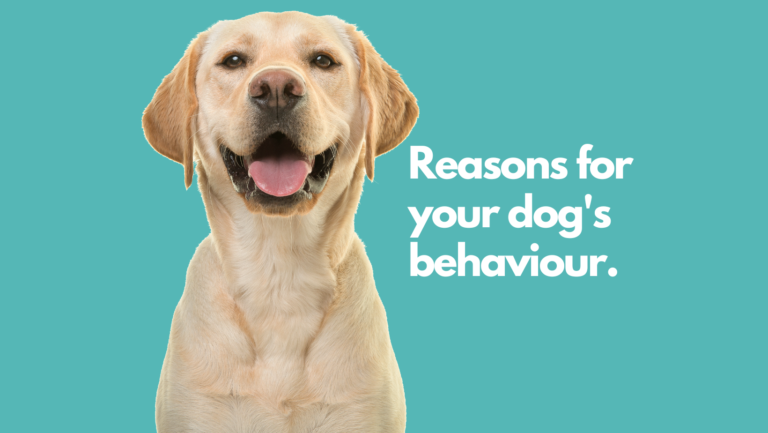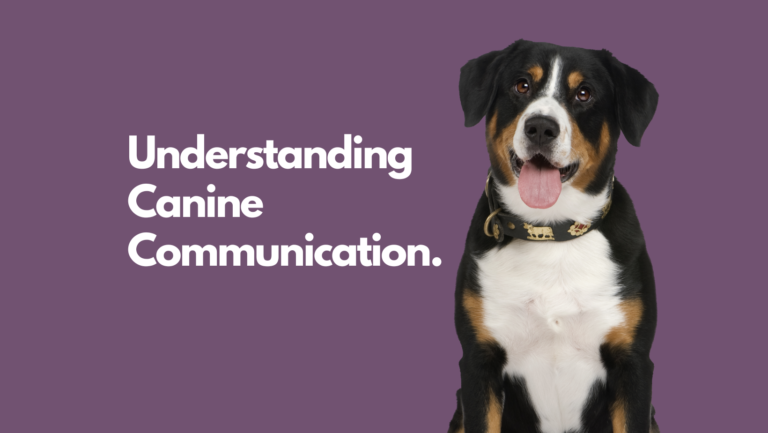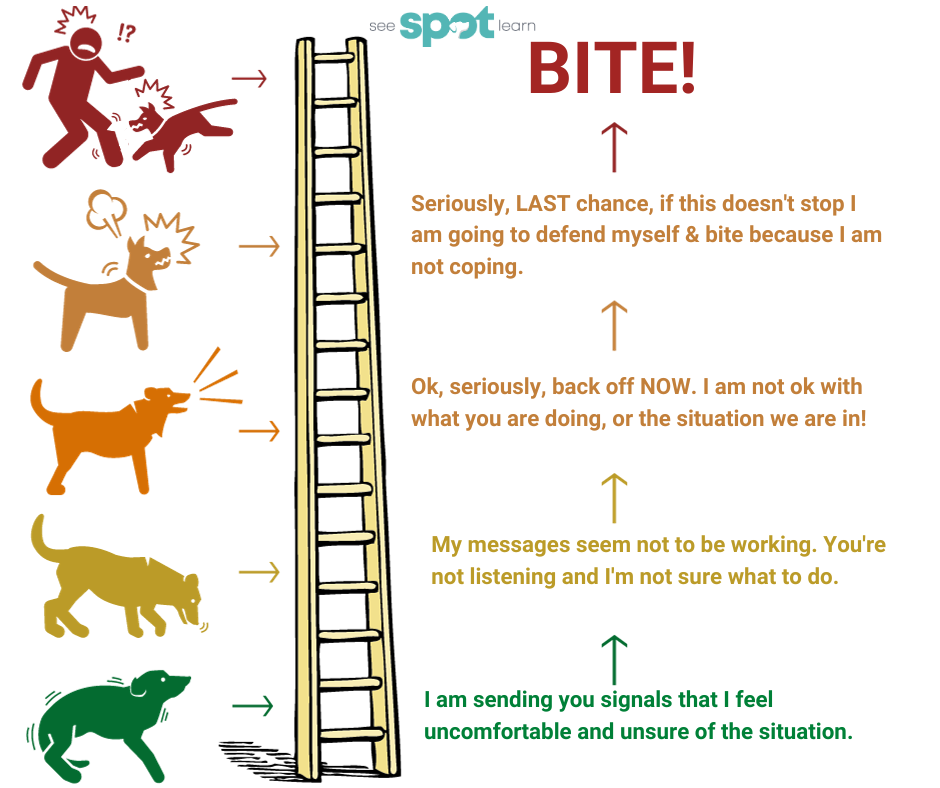Aggression Ladder

The Ladder of Aggression is a way to understand how dogs respond to stress and threats. Their behaviours range from mild social cues like blinking and nose-licking to more severe overt aggression. Dogs use these behaviours to avoid conflict and restore peace. Dogs have a range of calming and threat-averting behaviours to prevent harmful aggression.
It’s important to note that these gestures are a series of responses that lead to aggression only when other attempts to resolve the situation fail. These behaviours are not about dominance or submission among companions. In dogs, inappropriate responses to appeasement gestures can lead to a decrease in these behaviours, pushing the dog to escalate on the “ladder” towards aggression.
Aggression occurs when dogs consistently misunderstand or do not effectively respond to appeasement or calming signals. In some cases, dogs can quickly escalate to overt aggression if they perceive a threat, or they may skip steps on the ladder over time if their attempts at appeasement are repeatedly misunderstood.
Ultimately, an apparently “unpredictable” aggressive response can occur when a dog feels an unavoidable threat, even if it was entirely predictable from the dog’s perspective. Understanding and responding appropriately to how a dog communicates helps maintain a good relationship and prevents aggression.
There is so much to behaviour than meets the eye. I often hear clients distressed, saying that their dog has never behaved this way and they don’t understand where the dog’s aggressive behaviour has come from, “He’s normally so good”.
Obviously, there are events that trigger behaviours; however, understand that aggressive behaviour doesn’t just come from nowhere and can be prevented if you know how to interpret canine communication.
When a dog behaves in a way that a human being finds inappropriate or rude, we forget that dogs are NOT human. A dog’s behaviour is normal for their species, and we as humans have unrealistic expectations of our dogs. We both ‘speak’ different languages.
Dogs mainly communicate using body language, vocalisations, and scent. Where humans mainly use vocalisations.
The ladder of aggression is what can help you understand how a dog can escalate from what seems like a normal, relaxed dog – to all of a sudden barking, growling, displaying reactivity and biting.
You may first notice your dog sending something called calming signals. This is not only to help them stay calm but to indicate to you that the dog is not a threat and the messages should calm down a situation the dog is not okay with. This can be in the form of lip licking following a sneeze, excessive blinking, yawning, or head turns to display avoidance behaviour. These behaviours will appear out of context and are to ideally defuse a tense situation.
If the messages the dog is sending are being ignored, the next thing you may see are displacement behaviours. This is when the dog redirects their attention to something else, so they don’t have to deal or interact with the scary ‘thing’ or situation. This behaviour can be a form of self-soothing which can give the dog a moment of relief. These behaviours can be excessive and are out of context. Examples can be random genital checks, eating grass, randomly scratching or over-sniffing in the environment etc… The dog is now exhibiting stress signals expressing their discomfort.
If the dog does not shut down, or go into a learned state of helplessness, they may move to more intense behaviours. You may see your dog is barking, and their breathing has rapidly increased. This reactive barking behaviour is them trying to deter the threat. You may even notice the dog dips their head down, snarling with excessive lip licking. At this stage, the tongue will be going right over the nose with every lick. The dog may be bearing teeth and growling. In between these behaviours, you may still notice more calming signals.
If the dog gets to the stage where their behaviour is becoming highly reactive and they are lunging out, barking and growling, teeth bearing, snarling and/ or quite still in between while exhibiting these behaviours, then this is a dog who is completely over threshold and not coping. These behaviours are their last resort before they follow with a bite.
The dog’s body and mind are in overdrive, and they are in fight mode as the dog’s other behaviours of freeze, fidget and flight did not work.
The dog is in SURVIVAL mode, and the next step is to bite to protect/ defend himself/ herself.
Behaviours can escalate quickly. Within the blink of an eye, your dog can go from being okay – to nervous – to flight or fight.
Identifying body language, facial expressions, and signals is an incredibly important step in PREVENTING unwanted behaviours and making your dog feel safe.
If you’re struggling with your dog’s reactivity and aggressive behaviour, reach out at spotislearning@gmail.com
Tags
What do you think?
Related Articles

The 3 R’s to help treat reactivity
Training your dog is not just about teaching them to listen and ‘fixing’ unwanted behaviours; it’s about creating positive associations with their environment and building

Reasons for a dogs behaviour
Dogs behave the way they do for many reasons. They do NOT do things deliberately to be stubborn or ‘naughty’, nor do they aim to

What is Dog Body Language?
Our canine friends have an intricate language of nonverbal communication known as body language. Body language is the way a dog uses his or her

